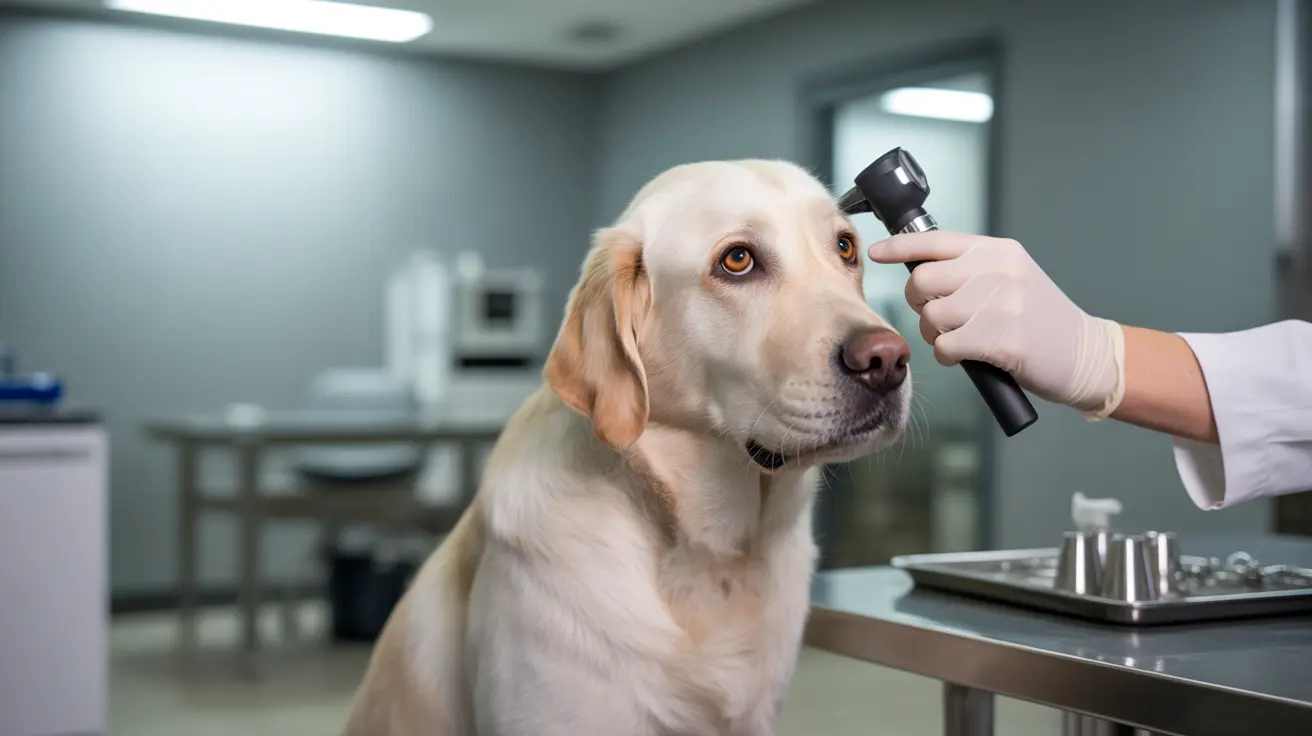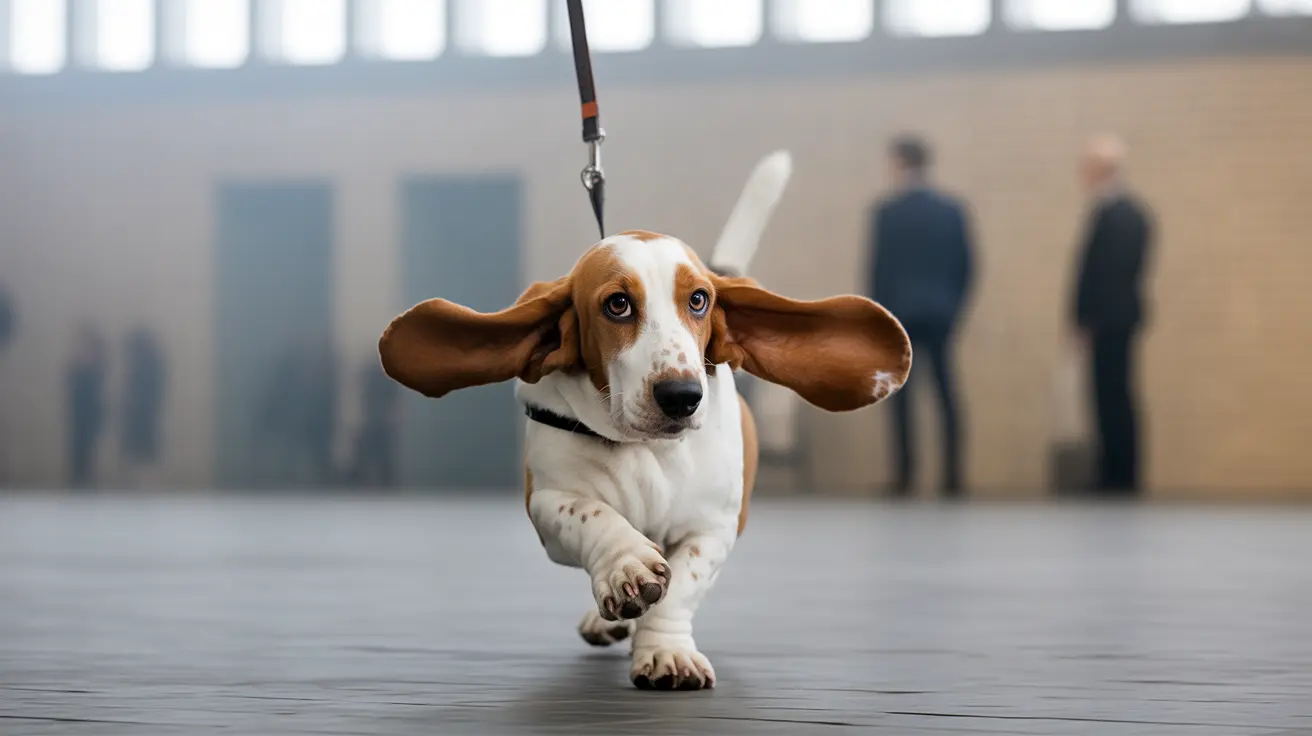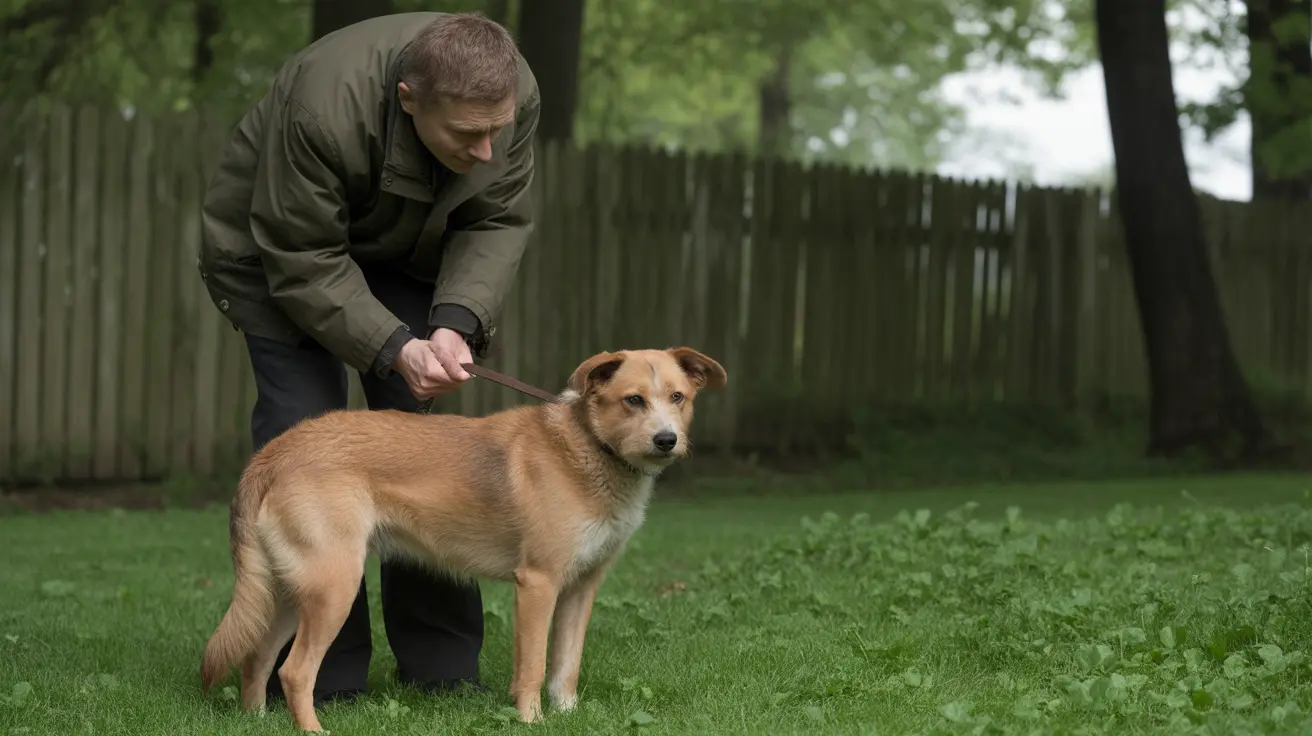How to Tell If Your Dog Truly Loves You
Dogs are known for their unwavering loyalty and affectionate nature. But how can you be sure your furry friend truly loves you? According to extensive research and observations, dogs exhibit a range of behavioral and emotional cues that indicate genuine affection.
1. Physical Affection and Touch
- Licking: Dogs often lick their owners’ hands, faces, or arms as a gesture of love and bonding. This behavior also releases endorphins that make them feel good.
- Leaning: When your dog leans their full weight into you, they are expressing trust and comfort. It’s their version of a hug.
- Cuddling: Curling up beside you or seeking physical closeness during rest or sleep shows they consider you part of their pack.
- Showing Their Belly: Dogs that roll over and expose their stomachs are expressing trust and a desire for affection.
- Tail Wagging: A relaxed, wagging tail—especially with a full-body wiggle—indicates happiness and affection.
2. Behavioral Signs
- Following You Around: If your dog shadows you from room to room, it’s a sign of attachment and a desire to be close to you.
- Bringing Gifts: Dogs may present you with toys, bones, or even household items to show affection and a wish to play with you.
- Jumping and Excitement: Joyful greetings, including jumping or spinning in circles, are common expressions of love.
- Smiling: Some dogs show a relaxed "smile" by pulling back their lips slightly—this is a happy, non-threatening gesture.
- Yawning With You: Contagious yawning is linked to empathy; your dog yawning when you do could mean emotional bonding.
3. Emotional Connections
- Making Eye Contact: Prolonged, soft eye contact between you and your dog releases oxytocin, the bonding hormone, enhancing mutual love.
- Nudging With Their Nose: Dogs may gently push their nose into your hand or leg to seek petting and attention.
- Jealousy: If your dog tries to get between you and another pet or person, it’s often an expression of their desire for exclusive attention.
- Recognizing Names: Dogs that respond to your name or the names of close family members are showing cognitive connection and affection.
- Protectiveness and Comforting: Dogs may guard you or seek to comfort you when you’re upset, indicating a deep social bond.
4. Routine and Preference
- Sleeping Near You: Choosing to sleep next to you symbolizes trust and a sense of safety.
- Stealing Personal Items: Snatching socks or shoes that smell like you is a sign your dog misses you and finds comfort in your scent.
- Engaging in Play: Initiating play and enjoying shared activities reflects a desire to bond and enjoy your company.
- Roughhousing: Playful wrestling or gentle nibbling can be their way of expressing love while socializing.
5. Your Role in the Bond
- Quality Time: Spending time walking, playing, or simply relaxing together helps deepen affection.
- Positive Reinforcement: Using treats, praise, and encouragement during training nurtures trust and mutual respect.
- Verbal Communication: Dogs thrive on gentle, kind words and tone. Saying their name with affection reinforces emotional connection.
- Respecting Boundaries: Understanding when your dog needs space or is scared builds trust and respect, fundamental to love.
Conclusion
Every dog is unique, but many show love through similar affectionate behaviors. By observing your dog’s actions and responding to their needs, you not only recognize their love but also strengthen the lasting bond you share. Whether it’s through a gentle nuzzle, a wagging tail, or a loving gaze, your dog's affection is very real—and incredibly meaningful.





